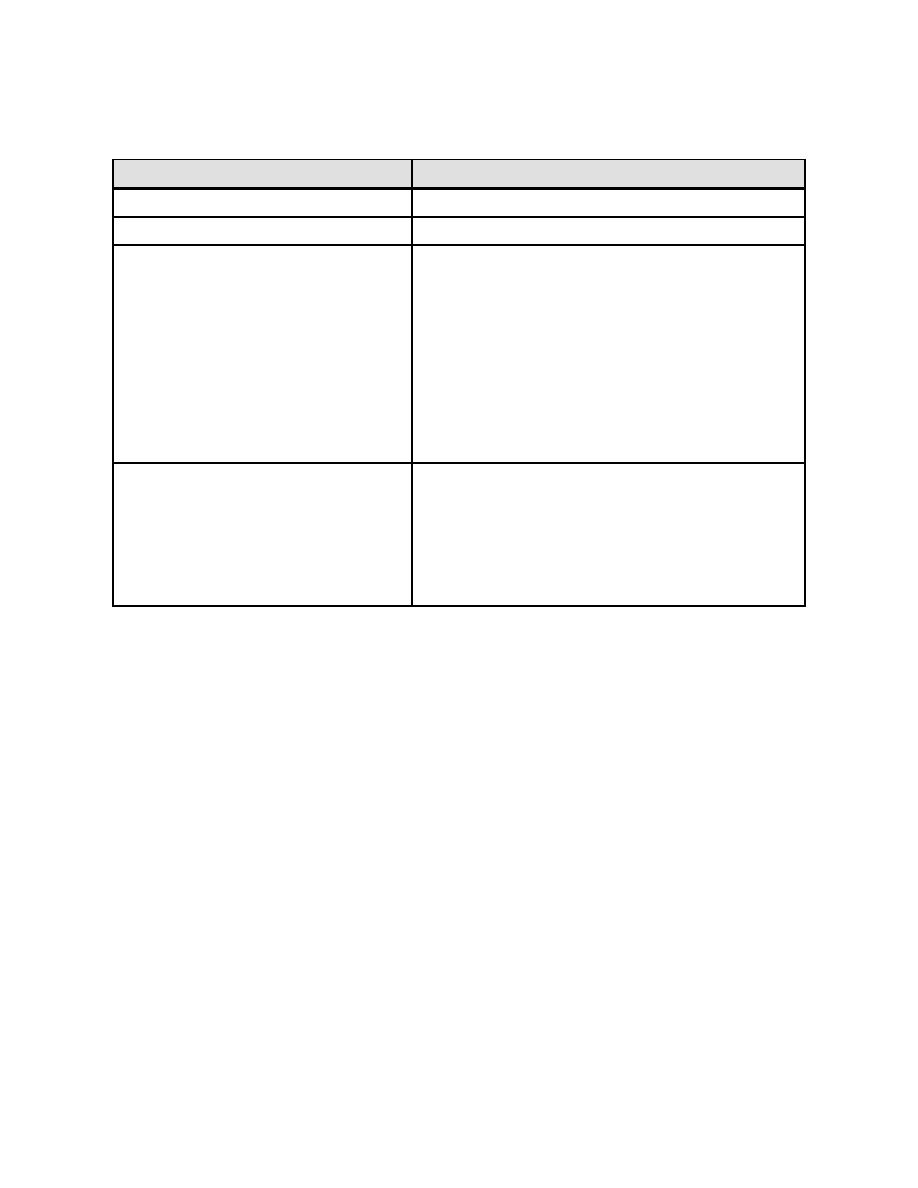
UFC 3-240-13FN
25 May 2005
Table 3-18. Treatment Guidelines for Low-Pressure Steam
Boiler
Guidelines
Cast iron
Not treated
Less than 334 W (10 hp)
Not treated
1. External treatment: softening.
2. Internal treatment: precipitating or
solubilizing scale inhibitor, sulfite, tannin
derivatives, filming surfactant, caustic
supplement if necessary, neutralizing amine.
Boiler with 95% condensate return
3. See Tables 3-19 through 3-20.
Or
4. Treat same as closed hot water (see
Chapter 5).
1. External treatment: softening.
2. Internal treatment: precipitating or
solubilizing scale inhibitor, sulfite, tannin
Boilers with less than 95%
derivatives, filming surfactant, caustic
condensate return
supplement if necessary, neutralizing amine.
3. See Tables 3-19 and 3-20.
3-3.8
Treatment Guidelines for Medium- and High-Pressure Steam.
Treatment of medium- (110 to 2062 kilopascals [16 to 299 pounds per square inch
gauge]) and high-pressure (2068 to 6205 kilopascals [300 to 900 pounds per square
inch gauge]) boilers is similar and is described in Table 3-19. Treatment can include
either a precipitating (i.e., phosphate) or a solubilizing (i.e., phosphonate or polymers)
approach to scale control. Sulfite is used to control pitting due to oxygen, and a
neutralizing amine is used to control pH in the condensate system. Sometimes raising
pH in the boiler water requires a supplemental source of alkalinity. Usually this source is
caustic soda, but it can also be sodium carbonate (soda ash). Boilers operating
between 4137 to 6205 kilopascals (600 to 900 pounds per square inch gauge) will
sometimes use erythorbic acid or specialty volatile oxygen scavengers or amines (i.e.,
hydrazine, DEHA, carbohydrazide, hydroquinone or methylethylketoxime) as oxygen
scavengers in boiler water. The volatile compounds can also scavenge oxygen in a
condensate system. Refer to paragraph 3-2.7 for a description of condensate corrosion
control.
79



 Previous Page
Previous Page
